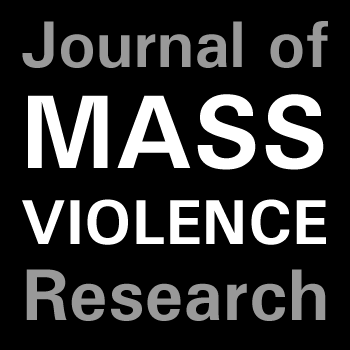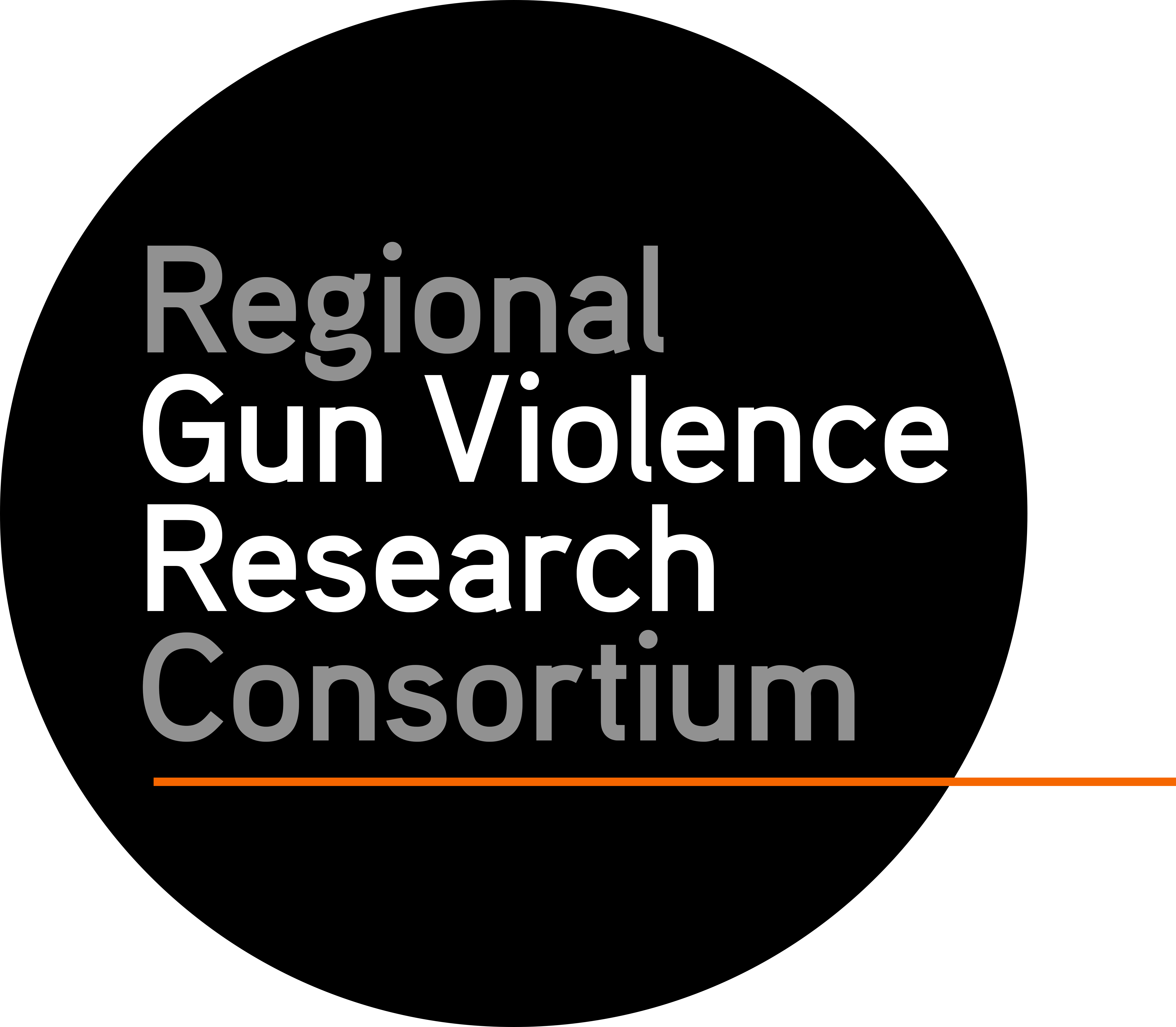Resources for Authors
The following information is intended for authors who are considering submission of their work to the Journal of Mass Violence Research (JMVR). Click on any step for additional information. For additional questions beyond this information, please feel free to contact the editorial board.
- JMVR will accept scholarly work in either research article or research note formats in order to provide authors with different options. Authors should indicate which manuscript format category they believe their paper would best fit in at the time of submission. The manuscript format category will be added as a badge when published under the “latest research heading” on the home page.
- Research articles are approximately 25-40 pages in length and include a comprehensive literature review and advanced data analysis. Research articles are most appropriate for original research (either quantitative or qualitative) or systematic reviews (e.g., meta analyses), though comprehensive literature reviews summarizing the current scholarship on a specific topic also may fall under this category.
- Research notes are shorter (approximately 10-15 pages in length) manuscripts and feature a condensed literature review and preliminary data analysis. Research notes also can be used to highlight one portion of a broader study or critically analyze policies or issues related to mass violence in brief.
- Regardless of which type is selected, all manuscripts submitted to JMVR are expected to (1) explicitly state research and policy implications of the study’s findings; (2) present methodologically sound research; (3) make a valuable field to the contribution of the field of mass violence research; and (4) adhere to all JMVR guidelines as outlined below and successfully complete the peer review process.
- Article submissions should be submitted as a single file, inclusive of tables and figures, in either a .doc, .docx, or .pdf file. No identifying information should be anywhere on the manuscript itself. A separate title page inclusive of author(s) information, including contact details and bio(s), also should be uploaded in one of these formats, along with a (optional) cover letter.
- All submissions should include an unstructured abstract of no more than 200 words, as well as 3-5 keywords.
- All submissions should be formatted in accordance with the American Psychological Association’s (APA) 7th edition, including running headers, page numbers, headings, and citations (in-text and references).
- Manuscripts should be no more than forty (40) double-spaced pages, inclusive of cover page, abstract, and all tables, figures, and/or images, as well as any footnotes or endnotes. If you believe you will need more space, please contact the editors prior to submission to discuss. Formatting should include one inch margins on all sides and be written in 12-point Times New Roman font. Please include page numbers in your document.
- Manuscripts should be arranged in the following order: (1) blinded title page; (2) abstract with keywords; (3) full manuscript [introduction, background / literature review, methodology, analysis, discussion (including limitations), policy implications, and conclusion]; (4) references; (5) appendixes, if any; and (6) tables, figures, and/or images on individual pages in order of their appearance in the manuscript. Placeholders for tables/figures, and/or images should be included in the manuscript as follows:
[INSERT TABLE 1 ABOUT HERE]
- If figures are included, they should be high quality (300 dpi for color, 600 dpi for grayscale, or 1200 dpi for line art) and be provided in either a .jpg/.jpeg, .tiff, or .png format. Microsoft Word files (.doc or .docx) also will be accepted provided that the figure was created directly in Word.
- If images are included, they may be submitted either in full color or black and white and should be a minimum of 3 inches and a maximum of 6 inches in width (NOTE: images may be resized during final formatting upon acceptance of the paper). They must be at least 300 dpi and included in either .jpg/.jpeg or .png file formats. For images, authors must hold the copyrights to those images or have written documentation of permission / release for use prior to submission to JMVR.
- Authors are expected to declare any source of funding at the time of submission. Declarations should include the name of the funding agency and award number (if applicable).
- Authors are expected to review JMVR’s Guiding Principles prior to submission, paying special attention to the request that articles be written in linguistically and intellectually accessible language.
- All manuscripts must be submitted through the Manuscript Submission portal on the JMVR website. Upon receipt by the journal’s editorial team, authors will be sent a confirmation letter that includes their unique manuscript ID. This ID should be used in any correspondence with the editorial team pertaining to that paper.
- Upon receiving authors’ submissions, they will be reviewed by one of the editors of the journal. This review will occur within one week of submission.
- If the editor votes “yes” for review, the paper will be forwarded to two (2) reviewers from the editorial board and/or outside experts based on the determination of subject matter expertise by the editors.
- If the editor votes “no” for review, it will be reviewed by the other editor. If both editors vote “no,” the paper will be returned to the author(s) with a desk rejection decision. The decision letter will include basis for the decision, as well as meaningful comments and constructive criticism with specific areas of improvement. The author(s) will have the opportunity to resubmit to JMVR once the issues are resolved, unless they are deemed by the editors to be considered a fatal flaw that could not be overcome in the revision process.
- If there is a split decision between the editors, the paper will be assigned to a member of the Editorial Board as a “tie breaker” review. The member’s decision will be final. If the member votes for full review, the paper will be sent out to one additional reviewer, with the board member’s review counting as the third. If they vote for desk rejection, both editors’ feedback will be provided to the author(s) with the decision letter.
- If the editor votes “yes” for review, the paper will be forwarded to two (2) reviewers from the editorial board and/or outside experts based on the determination of subject matter expertise by the editors.
- If the paper is sent out for full review, this will take place in a double-blind process, meaning that neither the reviewers nor authors will know the identify of the other party in order to ensure that papers are evaluated solely on their merits and without any potential conflicts, either real or perceived. It is expected that an initial decision will be forwarded to the author(s) within forty-five (45) days of original submission. Decision letters will be accompanied by written feedback from all reviewers.
- Manuscript decisions can take one of three (3) forms:
- Accept without Revision: Author(s) will receive copies of the reviewers’ comments and will have the opportunity to make minor revisions during the publishing preparation process.
- Revise and Resubmit: Author(s) will receive copies of the reviewers’ comments and will have the opportunity to make the necessary revisions to their manuscript. Revisions must be received within forty-five (45) days of decision letter and must be accompanied by a separate document that outlines responses to each reviewer’s comments.
- Reject: Author(s) will receive copies of the reviewers’s comments, but the feedback will be considered substantive enough to be considered not able to be overcome in a revision process to make them publishable. Author(s) will be encouraged to address these issues and resubmit the manuscript as a new submission.
- Accept without Revision: Author(s) will receive copies of the reviewers’ comments and will have the opportunity to make minor revisions during the publishing preparation process.
- In the event either editor and/or a member of the editorial board have a conflict of interest (either real or perceived) with any article submitted, they will be expected to recuse themselves from the review process. Their space will be filled by another member of the editorial board (if this occurs during the initial review period) and/or an outside reviewer (if this occurs during the full review period).
- Upon acceptance to the journal, the editors will prepare the manuscript for formatted publication for both the website (via HTML) and download (via PDF).
- Author(s) will have two weeks to review proof and forward a list of any corrections to the editors. These corrections should be minor in nature (e.g., formatting, addressing typos) and not substantively alter the content of the manuscript.
- The editorial team will make the aforementioned revisions to the HTML and PDF files within one week of receipt.
- Within thirty (30) days of acceptance, author(s) will either create an infographic of their study’s main findings (examples can be provided by the editor) or record a 5 minute (maximum) video or audio segment that discusses the research. Video or audio recordings can take the form of short summary presentations or interview style discussions with one of the editors of JMVR. Articles will not be published until one of these is completed as this is part of the dissemination package. Recordings and/or infographics will be embedded on the article’s landing page on the website and will be shared on the journal’s Twitter account. Recordings also will be posted on the journal’s YouTube channel.
- Author(s) also will have the option to be added to “experts directory” in the “Resources for Media” section of the JMVR website.
- Once all the revisions process is complete and the infographic or video is received, the article will be published in the “Online First” section of the JMVR website, where it will remain until it is assigned to a specific volume and issue.
- Accepted articles will be promoted through the JMVR Twitter account (@jmssvlncrsrch). JMVR editors, members of the editorial board, and authors are asked to promote the research by sharing / re-sharing posts about the articles and corresponding issues (once assigned). Authors are encouraged to provide their Twitter handle (if available) at the time of article submission so that they may be tagged by JMVR in any relevant posts.
- The JMVR editorial team will promote articles and issues, as well as the “expert directory” (with specific areas of expertise identified), with media contacts and professional networks. Members of the editorial board and authors are encouraged to do the same.
- Relevant news and research pertaining to the topic of mass violence also may be shared through the JMVR Twitter account. Continued promotion is requested but not required.


